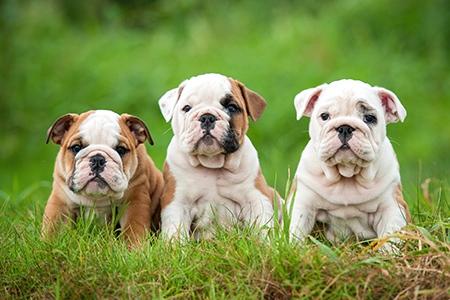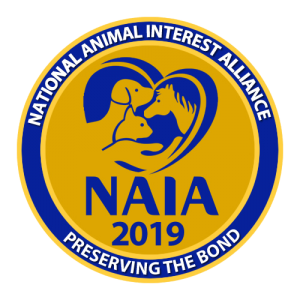 Animal Welfare, Shelter & Rescue
Animal Welfare, Shelter & Rescue  No Comments
No Comments Discovery of 158 Dead Dogs Highlights Need to Inspect, License Rescues
A welfare check on Barbara Wible, a rescue co-founder, discovered the woman confused and laying on the floor of her home. Along with her were 36 dogs – 12 of them dead, and two in such bad shape they required euthanization. As if this weren’t a horrific enough discovery, the welfare check led to an animal cruelty investigation at another property owned by the woman, where an additional 146 dead dogs were found.
The 22 surviving dogs are being rehabilitated and will hopefully recover, but there is no silver lining to this story. To have a rescue that was once glowingly featured as a “hometown hero” fall so far shows how badly things can spiral out of control for people who care for animals… or perhaps, how easy it can be to deceive the public with kind platitudes.
This discovery also exposes a glaring need for rescues and shelters to be inspected and to meet the standards required of any other business that sells dogs. Just because an entity is a nonprofit doesn’t mean they aren’t a business, or that their kind-heartedness somehow magically makes up for deficiencies in animal care. It just means they are tax-exempt (and no, the IRS does not perform animal welfare inspections). If you really want to “save a life,” requiring rescues and shelters to live up to the same standards as anyone else who sells dogs is a good step forward.
It’s also important to remember that inspections and standards aren’t just for pets, they protect people, too. For consumers, they act as an additional layer of defense against health and behavioral problems; for people who sell dogs, they can serve as a means of education and course correction, before things spiral into chaos and horror.
We don’t know many of the finer details of this story yet. However, we know for sure that an Ohio rescue co-founder, who took in dogs from as far south as Tennessee with a promise of “saving” them, let 160 dogs die from neglect. We also know that conditions were bad enough last year for humane officers to remove some of the dogs in her care. And we know that if Wible’s at-home rescue (!) operation had been required to submit to inspections like any other operator who sells dogs, the problems would have been rooted out much sooner, saving (actually saving) the lives of numerous dogs.
One model worth looking at and emulating is Colorado’s Pet Animal Care and Facilities Act (PACFA), a licensing and inspection program to safeguard the care and conditions of pets kept in facilities (including homes) throughout the state. PAFCA covers breeders, rescues and shelters, trainers, transporters, doggie daycares – basically any business or nonprofit that transfers or cares for pets.
158 dogs found dead: Animal rescuer facing cruelty charge
Resources
★ Founder of Poodle Rescue Arrested on Charges of Animal Cruelty
★ (2012) Wilma Smith’s Hometown Hero
★ (Colorado) The Pet Animal Care and Facilities Act









